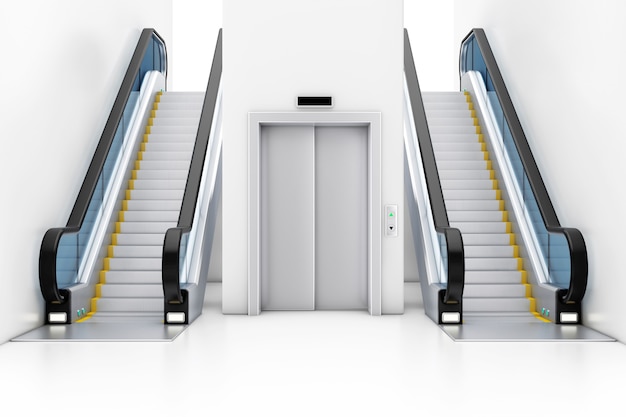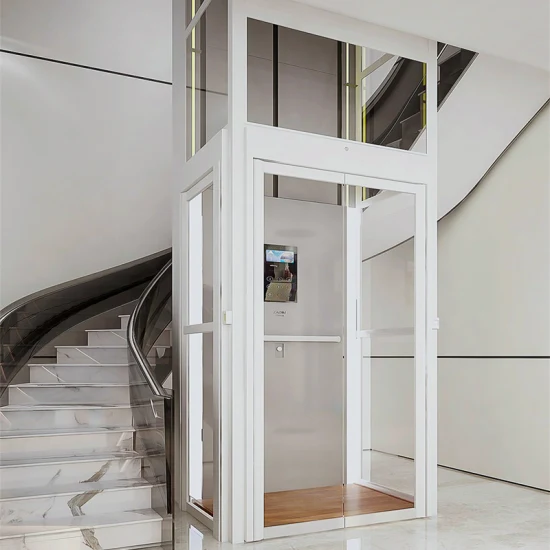Looking Into the World of Elevators: Usual Problems Faced by Various Lift Devices
As we navigate via the vertical transport systems of modern-day structures, lifts stand out as a vital element of our lives. Nevertheless, behind their seamless operation exists a globe of complex systems that can sometimes run into difficulties. From hydraulic lifts to grip systems and machine-room-less styles, each lift kind includes its collection of common concerns. Comprehending these obstacles is important for guaranteeing the smooth performance of these vital systems. Let's check out the intricacies that underlie the operation of elevators and the prospective issues that can develop, clarifying the complex web of lift systems.
Hydraulic Lifts
Hydraulic elevators, often chosen for low-rise structures, utilize fluid stress to regulate the activity of the elevator automobile (lift repair companies). This system entails a hydraulic pump pressing oil right into a cyndrical tube, creating the lift to move in the preferred instructions. While hydraulic elevators are recognized for their smooth and peaceful procedure, they do come with their own set of typical concerns
One prevalent problem with hydraulic elevators is oil leak. Furthermore, problems with the control system, such as malfunctioning valves or a malfunctioning pump, can trigger disturbances in the elevator's activity.
Normal maintenance and prompt repairs are vital to make sure the smooth functioning of hydraulic elevators. By addressing these usual concerns proactively, building proprietors can decrease downtime and make sure the safety and security and effectiveness of their vertical transport system.
Traction Elevators
When taking into consideration vertical transport systems in structures, one more common kind in addition to hydraulic lifts is the traction lift. Traction lifts operate utilizing a system of ropes and counterweights that relocate the lift auto by gripping onto the hoist ropes. This device permits smoother and faster upright transportation contrasted to hydraulic systems.
Among the common problems faced by grip elevators is rope wear. The consistent motion of the ropes within the grip system can result in deterioration in time, possibly triggering the elevator to malfunction or become hazardous for usage. Regular examinations and maintenance of the ropes are necessary to make sure the lift's appropriate functioning and security.
Another problem that traction lifts might run into is connected to the control system. Problems with the control system can cause issues such as unpredictable movement, hold-ups in response times, or perhaps total closures. Regular testing and upkeep of the control system are essential to stop such problems and make sure the elevator's dependability.
Machine-Room-Less (MRL) Elevators

One of the key parts of MRL lifts is the compact gearless grip device that is mounted within the hoistway. This maker efficiently drives the lift auto without the requirement for bulky devices found in traditional grip elevators. In addition, MRL lifts normally make use of a counterweight system to stabilize the automobile, further boosting their power efficiency.
In spite of their benefits, MRL elevators might encounter difficulties associated with repair and maintenance as a result of the restricted space for equipment installation. Access for servicing parts within the shaft can be limited, needing specialized training for professionals. Proper maintenance routines and regular examinations are essential to guarantee the ongoing smooth procedure of MRL lifts.
Overloading and Weight Restriction Issues
Straining and weight limitation problems are important worries in lift operations. Elevator suppliers style lifts with particular weight capacities to make sure guest security and equipment longevity.
When lifts are overwhelmed, it puts too much stress on the electric motor, cable televisions, and various other elements, possibly creating malfunctions or malfunctions. If they spot excess weight, safety and security systems such as sensing units and overload sensors are in area to stop lifts from moving. In addition, surpassing weight limits can cause increased power consumption and wear and tear on the lift system.
To mitigate straining issues, constructing managers need to prominently present weight limits in lifts and educate residents on the relevance of additional hints sticking to these limitations - lift repair companies. Normal upkeep checks by qualified professionals can likewise aid make certain that lifts are operating within risk-free weight parameters. By addressing overloading and weight limit problems proactively, structure owners can improve lift safety and efficiency
Electric System Failings
Exceeding reference weight limitations in lifts can not just lead to mechanical problems but also possibly add to electric system failings within the lift infrastructure. Electrical system failings are an essential concern in elevator operation, as they can trigger unanticipated closures, malfunctions, and even security dangers. One usual electric issue is the overheating of components as a result of too much existing circulation caused by overwhelming the lift past its capacity. This can lead to harm to the control, circuitry, or electric motor systems, resulting in costly fixings and downtime.
Routine upkeep and examinations are crucial to identify and resolve possible electrical concerns immediately, ensuring the secure and effective procedure of elevator systems. By sticking to weight limits and carrying out regular electrical system checks, structure proprietors can reduce the danger of electric failures in elevators.
Verdict

Hydraulic elevators, typically preferred for low-rise structures, utilize fluid stress to control the activity of the elevator car.When taking into consideration vertical transport systems in buildings, one more common type apart from hydraulic elevators is the traction lift. Traction lifts run utilizing a system of ropes and weights that move the lift car by grasping onto the hoist ropes. Unlike traditional elevators that call for a separate device area to house the equipment, MRL elevators incorporate most of the elements within the shaft, getting rid of the need for a specialized machine space.In conclusion, elevators deal with usual issues such as hydraulic breakdowns, grip system failures, and electric system problems.
Comments on “Top Lift Companies in London: Offering High Quality Installations and Upkeep”